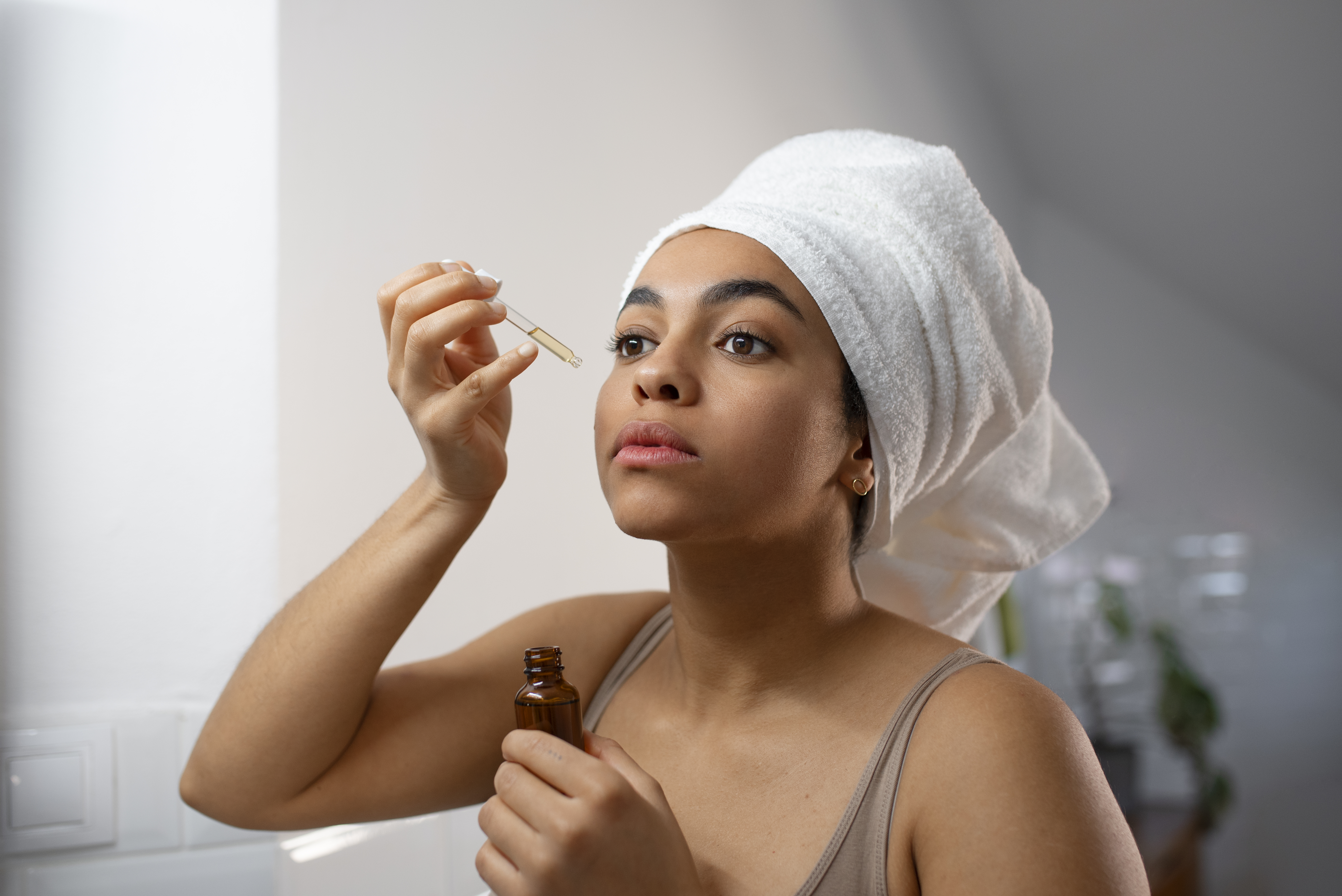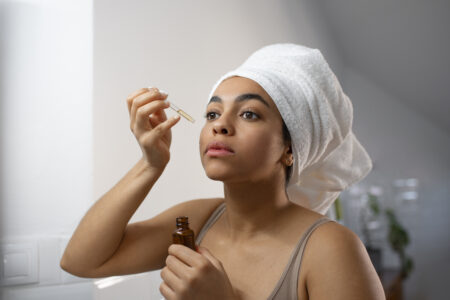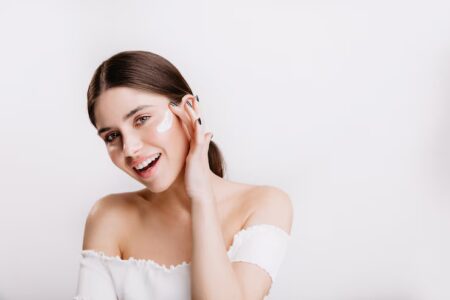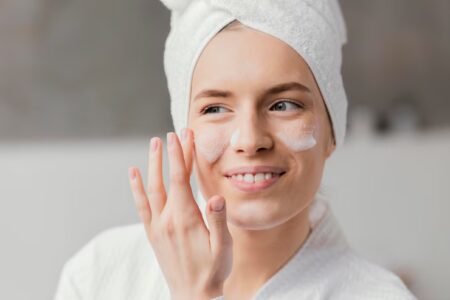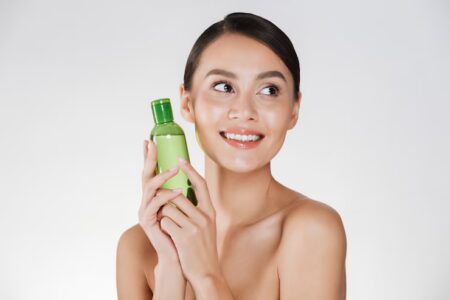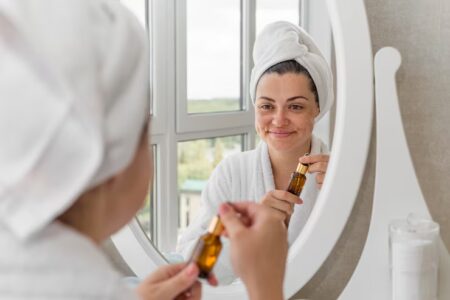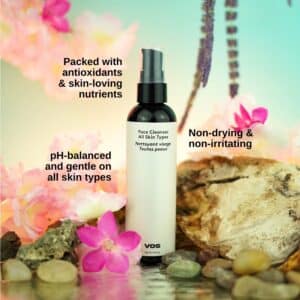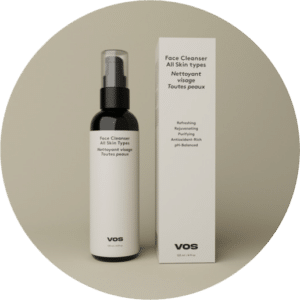Teen skin requires care that’s both gentle and effective. Hormonal changes during adolescence can lead to breakouts, oily skin, or dryness. Creating a consistent routine with the right products, especially a face cleanser suited for teen skin, plays a key role in promoting healthy skin.
Why Teen Skincare Needs Special Attention
Teenage years bring about physical and emotional changes and skin is no exception. Increased oil production, clogged pores, and sensitivity are common concerns. A proper skincare routine designed for teen skin can help manage these issues without over-drying or irritating the skin.
Understanding Your Skin Type
Before starting any skincare routine, it’s important for teens to identify their skin type. This helps in choosing the right products that won’t disrupt the skin’s balance.
Common Skin Types Among Teens:
- Oily Skin: Shiny appearance, especially around the nose and forehead, often with enlarged pores.
- Dry Skin: Tightness and flaking, especially after cleansing.
- Combination Skin: Oily in the T-zone, dry or normal elsewhere.
- Sensitive Skin: Prone to redness, itching, or stinging from products.
Understanding this helps in selecting the right face cleanser that supports rather than strips the skin.
Step-by-Step Skincare Routine for Teens
A teen skincare routine doesn’t need to be complicated. A simple, consistent daily routine using effective and gentle products can keep skin healthy and manageable.
Step 1: Cleansing
Cleansing is the most important step. It removes dirt, oil, sweat, and makeup that build up throughout the day.
Choosing the Right Face Cleanser for Teens
Look for mild, non-comedogenic cleansers that are free from harsh fragrances and alcohol. Cleansers should balance oil production without drying out the skin.
- For oily skin: Use a gel or foam cleanser with ingredients like salicylic acid.
- For dry skin: Use a cream-based or hydrating cleanser with glycerin or ceramides.
- For sensitive skin: Choose fragrance-free and hypoallergenic options.
Cleansing twice a day—morning and night—is usually sufficient. Over-cleansing can irritate the skin or cause it to produce more oil.

Step 2: Toning (Optional)
While not essential for all teens, a gentle toner can help balance the skin’s pH and remove any leftover residue. Alcohol-free toners with soothing ingredients like chamomile or green tea are ideal for young skin.
Step 3: Moisturizing
All skin types, including oily skin, benefit from moisturizing. A lightweight, non-comedogenic moisturizer helps maintain the skin’s natural barrier and prevent excessive dryness or oiliness.
Choose a moisturizer based on skin type:
- Oily skin: Use oil-free, gel-based moisturizers.
- Dry skin: Cream-based moisturizers with added hydration.
- Sensitive skin: Products with minimal ingredients and no fragrance.
Step 4: Sun Protection
Daily sun protection is crucial, even for teens. UV rays can cause damage over time, leading to early signs of aging and increasing the risk of skin issues. A broad-spectrum sunscreen with SPF 30 or higher should be applied every morning, even on cloudy days.
Weekly Add-Ons to the Routine
Adding one or two treatments per week can further support healthy skin without overwhelming it.
Exfoliation
Gentle exfoliation helps remove dead skin cells and clear pores. Use a mild exfoliator once or twice a week—preferably one with ingredients like lactic acid or fruit enzymes rather than harsh scrubs.
Face Masks
Face masks can help address specific concerns like excess oil, dryness, or breakouts. Clay masks are great for oily skin, while hydrating masks suit dry skin. Use masks no more than once a week to avoid over-treating the skin.
Common Skincare Mistakes Teens Should Avoid
Even with the best intentions, some habits can undermine a skincare routine. Here are a few to watch out for:
Using Harsh Products
Products with strong fragrances, alcohol, or high concentrations of active ingredients can irritate teen skin and worsen breakouts. It’s best to use simple, gentle formulas.
Skipping Moisturizer
Oily skin needs moisture too. Skipping moisturizer can actually increase oil production, making skin issues worse.
Picking at Pimples
Touching or picking at acne can spread bacteria and lead to scarring. Instead, use spot treatments with ingredients like benzoyl peroxide or salicylic acid.
Inconsistency
Results come from routine and consistency. Switching products too frequently or not following a routine can prevent the skin from adjusting and responding properly.
Best Ingredients to Look For in Teen Skincare
Not all skincare ingredients are created equal. Here are some that are effective and safe for teen skin:
- Salicylic Acid: Helps unclog pores and treat acne.
- Niacinamide: Balances oil, reduces redness, and strengthens the skin barrier.
- Hyaluronic Acid: Adds hydration without making skin greasy.
- Aloe Vera: Soothes inflammation and irritation.
- Ceramides: Restore and maintain the skin’s natural barrier.
Sample Skincare Routine for Teens
Here’s a sample daily routine incorporating the best skincare practices:
Morning:
- Gentle face cleanser
- Lightweight moisturizer
- Sunscreen SPF 30 or higher
Evening:
- Face cleanser
- Toner (optional)
- Moisturizer
Weekly (1–2 times):
- Exfoliator or face mask suited for your skin type
Building Healthy Habits Beyond Skincare
Good skincare isn’t just about what you apply to your face. Lifestyle plays a role too.
- Hydration: Drink enough water throughout the day.
- Diet: Eat a balanced diet with plenty of fruits and vegetables.
- Sleep: Aim for 7–9 hours of sleep to help the body (and skin) repair itself.
- Hygiene: Clean your phone, pillowcases, and hands regularly to avoid transferring bacteria to your face.
Final Thoughts
Creating the best skincare routine with face cleanser for teens starts with understanding individual needs and using simple, gentle steps. A consistent routine with the right cleanser and moisturizer, paired with sun protection and occasional treatments, can help maintain clear and healthy skin throughout the teen years.
